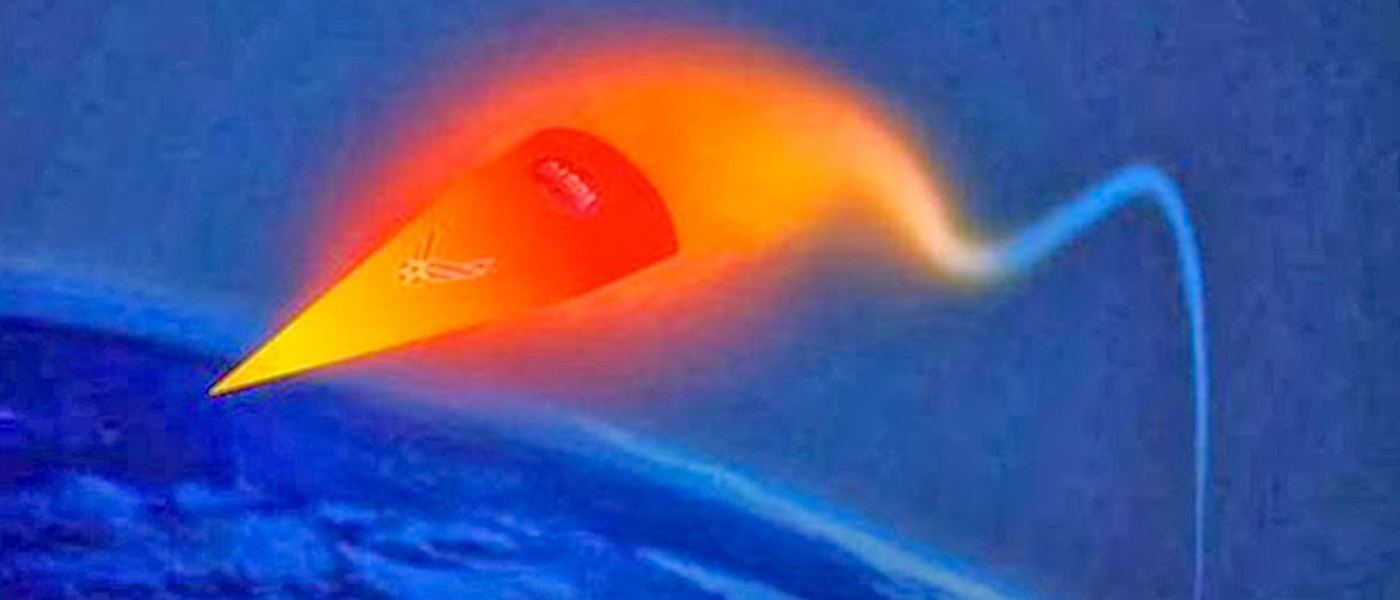Sound Times Six
Lockheed Martin says that it has made major technological breakthroughs towards developing a mach 6 capable aircraft. That, if you are not aware, is six times the speed of sound.
While Airbus is working on a passenger jet that can travel at Mach 4.5 speeds, Lockheed is working on far more loftier goals. In a press conference, Lockheed Martin chief executive Marillyn Hewson said that they are “now producing a controllable, low-drag, aerodynamic configuration capable of stable operations from takeoff to subsonic, transonic, supersonic and hypersonic, to Mach 6."
Lockheed is also trying to prove that hypersonic aircraft can be produced more affordably. Hewson says they estimate costs at “less than $1 billion to develop, build, and fly a demonstrator aircraft the size of an F-22."
Making Strides
A major obstacle in the development of hypersonic aircraft is in making stable scramjet engines. These engines power aircraft with outside air, and Hewson says they’ve found a way to build them...although they didn’t go into details. Still, Lockheed is a well established company, so it is unlikely that they would make unsupported claims.
Along with the scramjet, they assert that they have developed new thermal protection systems and aerodynamic shapes, long range communication, and improvements on navigation control. Lockheed is also looking at civilian use after military application.
"The technology could also enable hypersonic passenger flights, and, even easier, access to space," said Hewson. "I am confident that Lockheed Martin has the technical expertise to make it happen."
Lockheed says hypersonic planes would see service within the 2030s. Executive vice president of Skunk Works, Lockheed’s Advanced Development Projects Rob Weiss said: "We actually feel that we've made substantial progress in all the technologies associated with hypersonic."
"There's a number of challenges in the technologies, the propulsion, the materials that have to deal with the high temperatures, and we're at a point now where those technologies are mature, and therefore we feel very confident that we can field and successfully fly a hypersonic vehicle."
Share This Article
